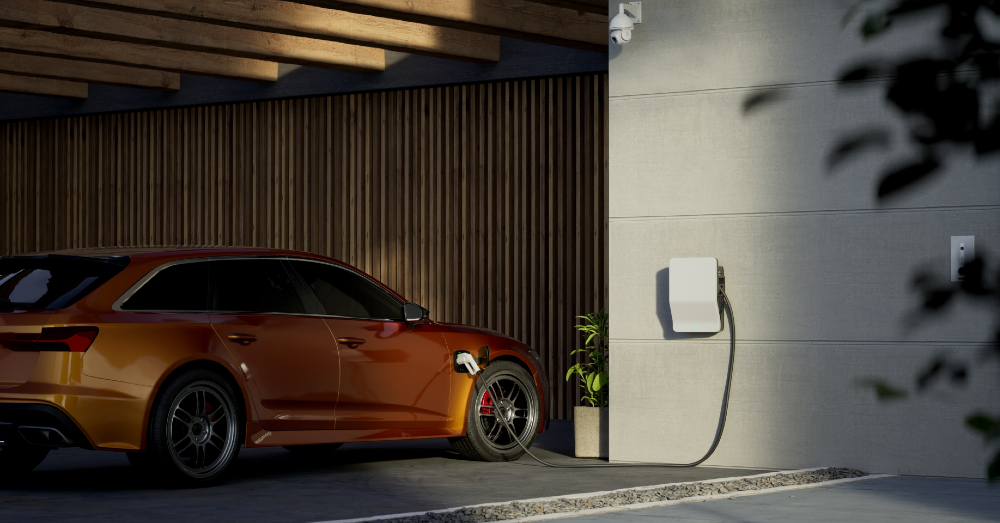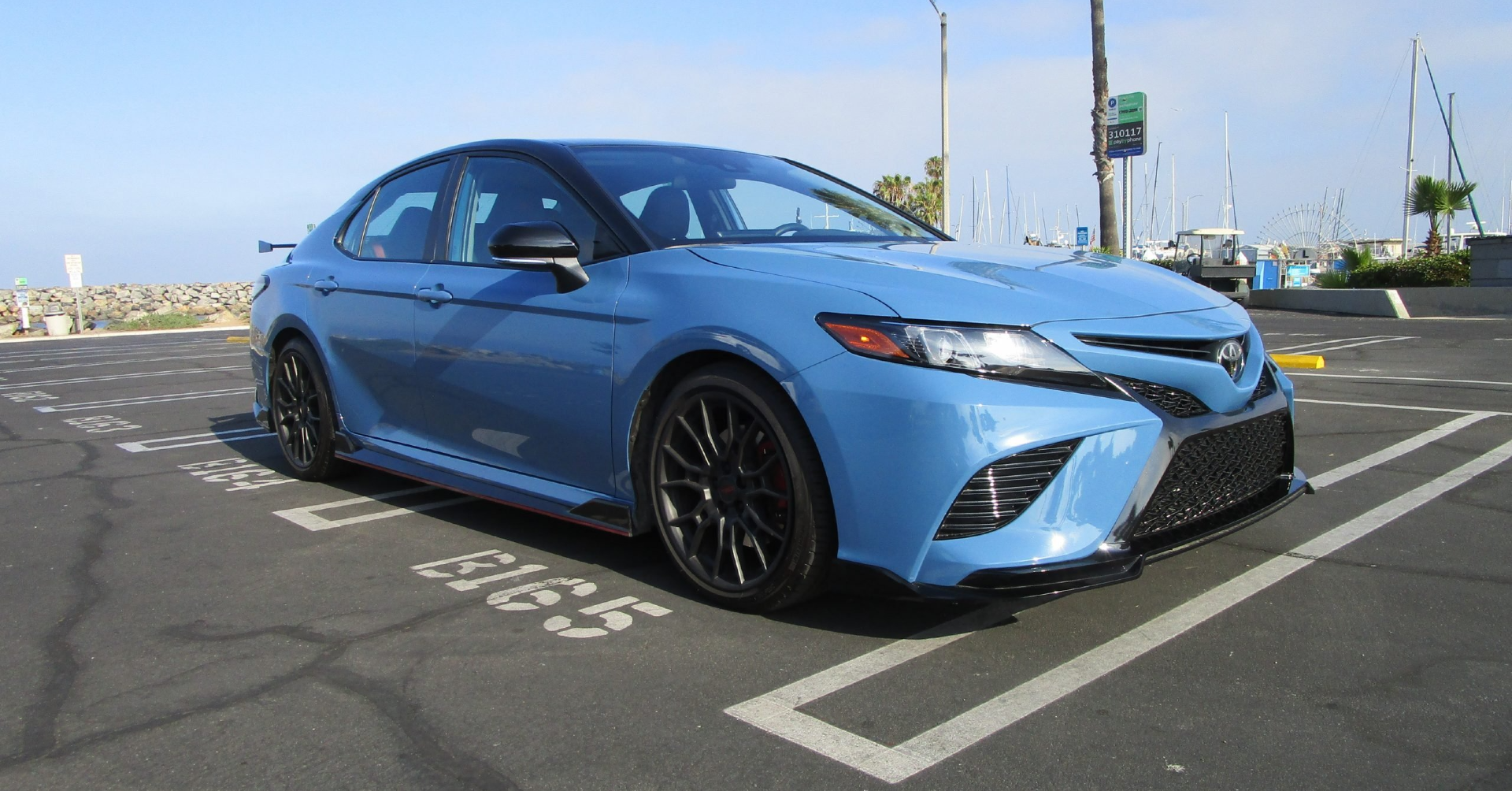
The Impact of Electric Vehicles on Modern Urban Design
Electric cars are gaining traction in mainstream markets worldwide, creating a greener and more sustainable future that goes along with futuristic design.
How Cities Are Changing as EV Technology Goes Mainstream
This article will focus on how the widespread adoption of EVs is changing urban design, often for the better.
The UN estimates that 55% of people worldwide live in cities, and that number is set to increase to 70% by 2050. How these cities are designed impacts a majority of modern humans, and electric cars are already impacting urban design choices.
Human-Centric Spaces
Gas stations and megalithic parking lots are becoming obsolete as electric cars overtake their gas-powered counterparts. EVs are much quieter, tend to be smaller and require a different sort of infrastructure, and these factors could change urban life and design.
This shift isn’t just about eliminating internal combustion engines. It’s also about how the future world might embrace the positive ecological and lifestyle changes that come with going green.
Most experts think there will be fewer cars in future cities, making space for a more human-centric, community-oriented culture. Parking lots and gas stations could be repurposed for parks, playgrounds, and community gardens.
The Development of an Intelligent Grid
Currently, infrastructural challenges surrounding charging represent the greatest hurdle to the more widespread adoption of electric cars. However, many very smart people are working on new ways to meet this challenge in cities and elsewhere.
Future cities must build a network of accessible charging stations into their urban designs, integrating them into the cityscape. The EV charging grid is already becoming smarter, meaning that it’s integrating more information and using it dynamically.
Localized microgrids with intelligent design will be the best solution for managing ebbs and flows in electrical demand and smoothly integrating renewable energy sources. Since there’s no need for fuel, the charging stations can be dispersed across neighborhoods for equal access.
Changes Will Go Beyond Electric Cars
Future urban design will not just focus on making things more accessible for people who own electric cars. In recent years, there’s also been a push toward improving the walkability of cities, encouraging bicycling rather than driving and making public transit more accessible.
A multimodal transportation system that includes electric cars and the infrastructure required to maintain them alongside e-bikes, public transit, and more walkable streets will generate less traffic, less pollution, and a more pleasant urban living experience.
For those who work, socialize, and run errands close to home, electric cars may not be necessary. Car owners who often travel for work or pleasure will find that charging stations and roads in cities and rural areas will be less congested, with most people choosing micro-mobility solutions.
Of course, removing barriers to the widespread adoption of electric cars isn’t enough to bring about this beautiful set of changes in urban design and development. Thankfully, many intelligent minds are already figuring out how to make the cities of tomorrow more pleasant.
This post may contain affiliate links. Meaning a commission is given should you decide to make a purchase through these links, at no cost to you. All products shown are researched and tested to give an accurate review for you.



